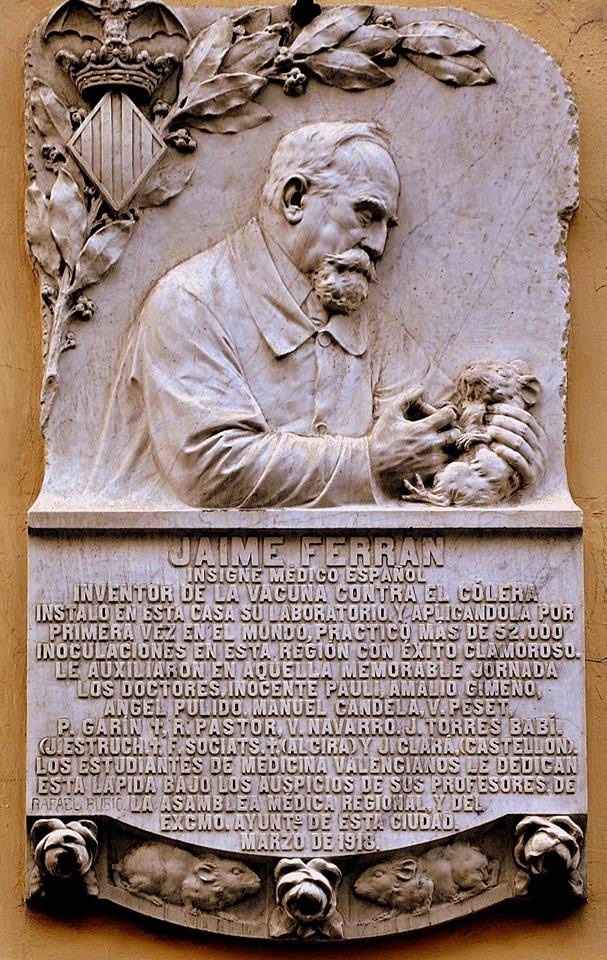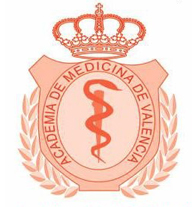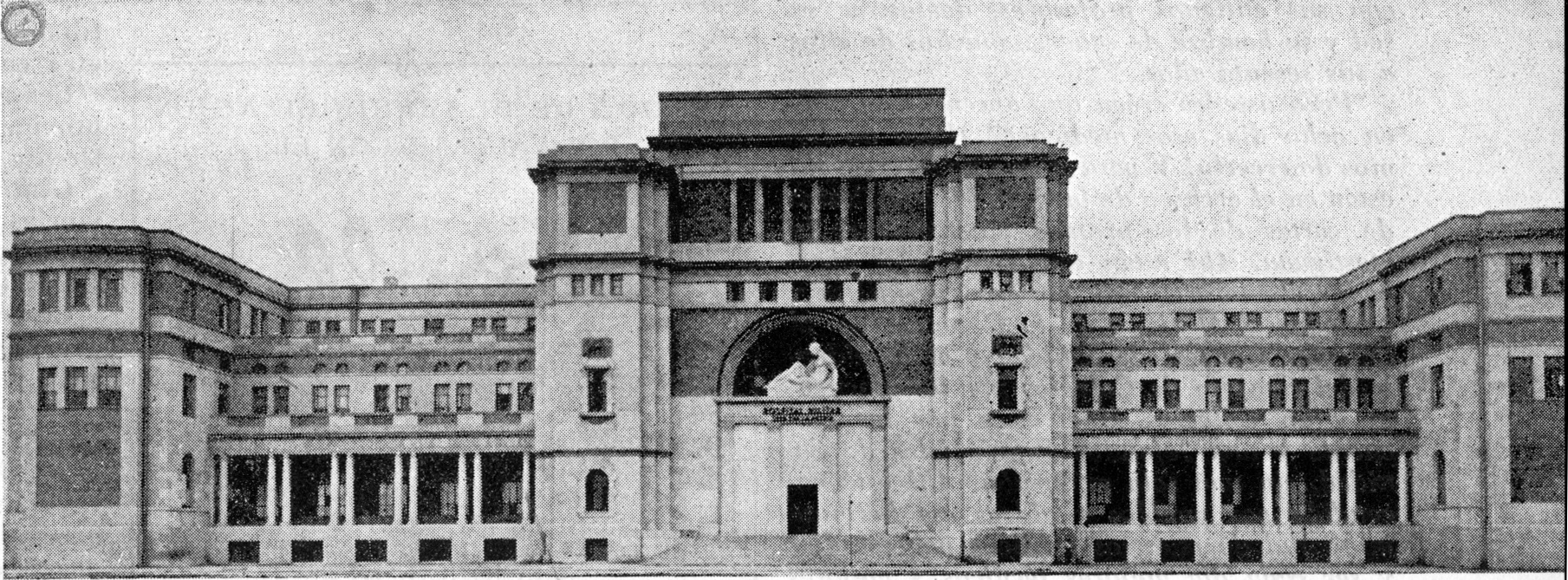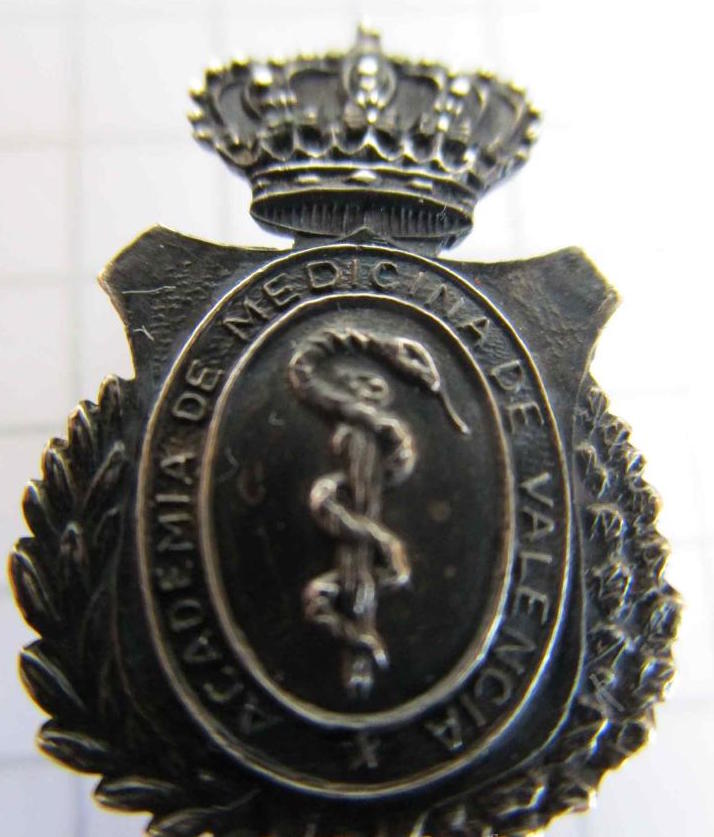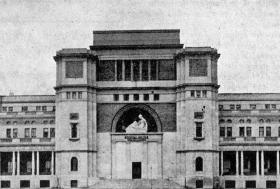
At the end of the seventeenth century and during the first third of the eighteenth century several “gatherings” were organized in Spain, meetings characteristic of the Enlightenment in which scientific novelties were discussed, far from a university both ankylosed and reluctant to incorporate changes in the studies that were taught in it. This was the case of the Venerada Tertulia Hispalense, founded in 1693 by the doctor Juan Muñoz y Peralta, who renounced his chair at the Faculty of Medicine of Seville for not sharing the prevailing teaching model, based on galenic medicine and excessively theoretical. In 1700, under the reign of Philip V, it was named Royal Society of Medicine and other Sciences of Seville, and was the first European medicine academy, predecessor of the Royal Academy of Medicine of this city, founded in 1830.
In Madrid, another gathering was composed of doctors, surgeons and pharmacists who gathered in the backroom of the pharmacy office of José Ortega y Hernández, and which was officially established in 1733 under the name of Tertulia Literaria Médica Matritense (‘Literary and medical gathering of Madrid’). The exchange of views on the progress of science focused debates in their meetings. A year later, a decree from Philip V turned it into Regia Academia Médica Matritense (‘Royal Medical Academy of Madrid’), and placed it under the protection of the crown, while opening up to other scientific disciplines such as natural history, physics, chemistry and botany. Similar initiatives were carried out in different Spanish cities, and during the reign of Ferdinand VII, a general regulation for the literary regime of the Royal Medical and Surgery Academies of the Kingdom was published in 1831. At this time there were eleven academies of medicine: those of Barcelona, Cadiz, La Coruña, Granada, Madrid (which in 1861 was renamed as the Royal National Academy of Medicine), Murcia, Palma de Mallorca, Seville, Valencia, Valladolid and Zaragoza, and to which the Academy of Santa Cruz de Tenerife was incorporated in 1886. Currently, there are fourteen royal academies of Spanish medicine: the national one and district academies of Eastern Andalusia, Cantabria, Catalonia, Valencian Community, Balearic Islands, Seville, Tenerife, Principality of Asturias, Cádiz, Galicia, Murcia, Salamanca and Valladolid.
They were created to dedicate themselves to the study and the investigation of medical sciences, as well as to collaborate with the sanitary, university and judicial authorities in all the scopes of the public administration, and they submitted scientific and medical reports on the issues for which they were required. Strongly centralised during the reign of Ferdinand VII, the president of all the district academies was the Minister of Public Works. In this first stage, they served as a control instrument of the absolutist government, surveilling the teaching and censorship of books. During the reign of Isabel II, liberal governments allowed academies to begin functioning primarily as consultative bodies of a scientific nature, in an ideological environment that facilitated the assimilation of the most important European scientific developments, especially after the 1868 revolution.
The impossibility of carrying out its activities in private households led the academy to apply for a premise to the General Hospital Government Board, which in 1833 transferred its boardroom located on Guillem de Castro Street, at the exit of the San Vicente hall of the hospital. The headquarters remained there until the government of the Republic, in 1936, decreed the disappearance of all national academies, including that of medicine. The premises were confiscated by the Faculty of Medicine, located at that time next to the Hospital, and prepared it to serve as newspaper archive.
The academy resumed its functions in 1943. The lack of a proper premise caused the entity to request the council to use its session room. The municipal corporation transferred the Golden Hall of the Market, which held the opening session of the academic year. The Official College of Doctors offered, as provisional headquarters, its premises located in the palace of the Counts of Buñol, on the Isabel la Católica Street. This temporary situation led to the search for a definitive location, for which paperwork was submitted to the city Council, which offered premises at the palace of the Marquis of Dos Aguas, at the headquarters of the Economic Society of Friends of the Country, and at the palace of Pineda, which were discarded. In 1959 he definitively moved to the new Faculty of Medicine, in the current Blasco Ibáñez Avenue, in rooms located next to the Aula Magna. But in 1985, a fire in this conference room caused that during its restoration it was expended and it occupied the space used by the academy. Its library and archives, provisionally stored on a porch in the building, were seriously undermined by a new fire the following year. At present, and after the comprehensive refurbishment of the building that houses the Faculty of Medicine, the Royal Academy is home to its own premises. As Medical Academy of the Valencian Community since 2009, it also has a representative office at the Official College of Doctors of Alicante and another in the one of Castellón.
Legally, it holds the category of Affiliated Academy of the Spanish Institute and is part of the Royal Academies of the district. After the approval of the Statute of Autonomy of the Valencian Community in 1982, it is the Valencian Government has exclusive competence in the field of research, and includes the academies whose principal scope of action it is the Valencian Community.
Its Internal Regulations, approved in the latest version in 2010, indicates that the main mission of the Royal Academy of Medicine and Related Sciences of the Valencian Community is to contribute to the study and research of the medical sciences, related sciences, bioethics and professional ethics, and that their areas of study must be historically and bibliographically useful. Among its functions, it maintains those for which the medical academies were created: to collaborate with public administration authorities, issue medical reports requested by the competent authorities or by individuals on matters within its jurisdiction, inform researchers that request it on health, scientific and bibliographic issues, and encourage and motivate the incorporation into the academic heritage of bibliographic and material resources related to it, as well as preserve its own heritage that guarantees the cultural heritage of Valencian and Spanish medicine, and contribute to scientific communication.
An example of its historical activity as an advisory body in legal matters was the report issued at the request of the case judge on the allegedly illegal confinement of a woman, Juana Sagrera, in the San Baudili de Llobregat asylum, and that in 1862 motivated a detailed legal analysis by the lawyer and Valencian politician José Peris y Valero, collected in his monograph titled “Frenopathy and the Academy of Medicine and Surgery of Valencia: or scientific examination of the solutions given by that corporation to the questions proposed by judge of the case formed on the allegedly illegal detention of Doña Juana Sagrera, in the San Baudilio de Llobregat asylum”.
Other times, the academy obtained information on a medical question that raised opposing opinions between its own members. This was the case of the report issued on the occasion of the epidemic of cholera declared in Valencia in 1885. During the course of this epidemic, the Catalan microbiologist Jaume Ferran was claimed by the city Council of the capital to move from Tortosa to Valencia in order to apply the cholera vaccine that he himself had developed, and which constituted the first world experience with this preventive measure during an epidemic. Amalio Gimeno, professor of Therapeutics at the Faculty of Medicine of Valencia and member of the academy, was one of its first defenders, and placed at its disposal a home that he had in Pascual i Genís, to place its laboratory and deliver the vaccine in its facilities. Ferran found detractors of his cholera prophylaxis, who doubted it had a protective effect. In order to clarify the effectiveness of this vaccine as much as possible, the Royal Academy appointed a committee on the motion of one of its academics, Joan Baptista Peset i Vidal, also a professor at the Faculty of Medicine, who had repeatedly confronted Amalio Gimeno because he did not believe that the microorganism that Robert Koch had identified as the source of the disease was the causer. Peset and Gimeno, among others, were part of this committee that Ferran visited to closely follow its inoculations in the capital and in some populations of the Valencian orchard invaded by the cholera. Peset was convinced of the efficacy of the vaccine and thus made it publicly known, with what he called his “conversion”, during a session held at the Valencian Medical Institute: “...I have not sworn a consequence in my scientific opinions, but the progresses of the centuries of each year, force sciences to change, sapientia est mutando”. He died of cholera a week later. A gravestone commemorating the façade of the aforementioned house serves as remainder that there was where Jaume Ferran delivered the cholera vaccine and includes the names of the Valencian doctors who supported him, including several members of the academy.
The opinion of the Valencian academy was repeatedly requested when facing local medical problems. A good example of this is the report that this institution entrusted to one of its members, Vicente Peset i Cervera, professor of Therapeutics at the Faculty of Medicine, doctor and chemist at the same time, about food poisoning, and that was published in 1920 in the Revista Valenciana de Ciencias Médicas (‘Valencian Magazine of Medical Sciences’) with the title “Species of epidemic among diner guests of several restaurants of the beach [Valencia, summer of 1917], indicating the consumption of lobsters as a cause of the numerous accidents and little deaths”.
En l’actualitat, per a dur a terme les seues funcions, la Reial Acadèmia celebra sessions científiques, adjudica premis i concedeix beques amb la finalitat d’estimular l’activitat assistencial i investigadora dins les ciències medicosanitàries, i promou publicacions d’interès en aquest àmbit, especialment les que reflecteixen la seua labor acadèmica. At present, to carry out its functions, the Royal Academy holds scientific sessions, awards prizes and grants scholarships to stimulate healthcare and research activity in medical sciences, and promotes publications of interest in this area, especially those that reflect its academic work.



